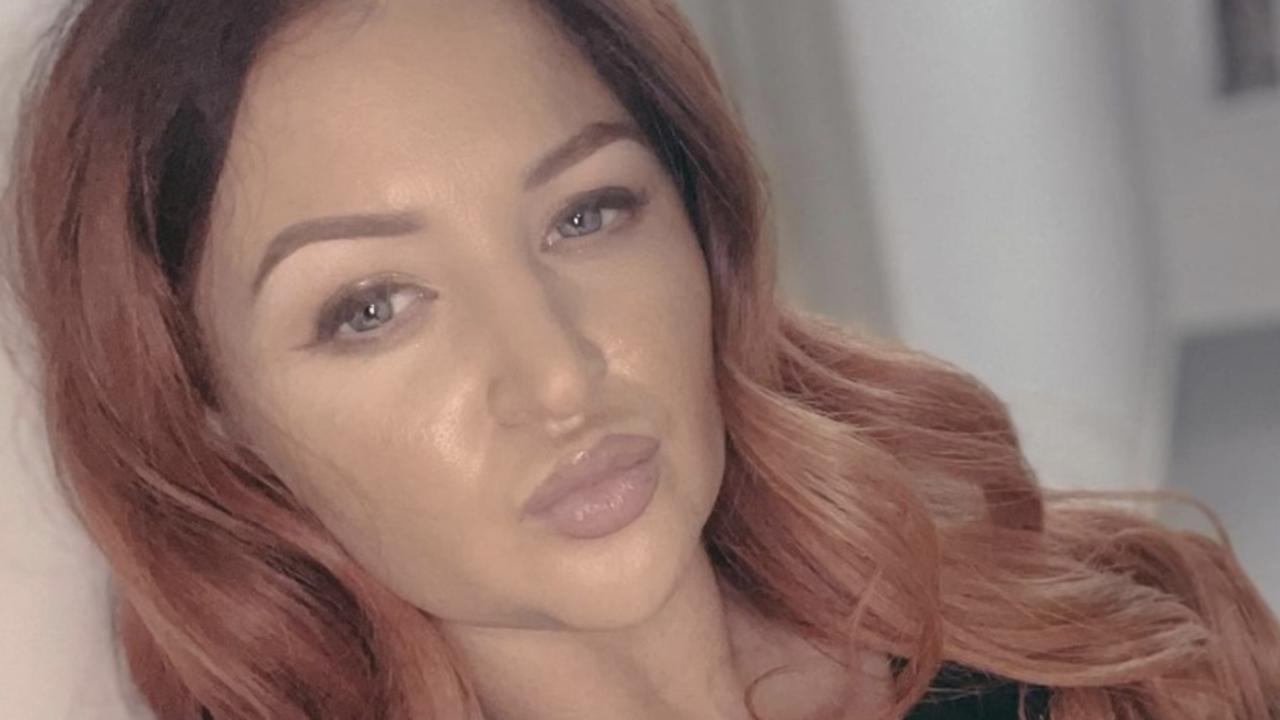‘Strange’ cause of restless legs
For years Charlotte Phelps suffered from “restless” legs that would bruise easily and feel painful to touch – until she discovered why.
When Charlotte Phelps was just 10, she remembers looking down at her legs and noticing they were different.
“My legs were bigger than all the other girls in my grade,” she said. “Everyone kept telling me I would just grow out of it and have a growth spurt.”
But it wasn’t just excess weight – it was the first signs Ms Phelps had lipoedema, a disease which sees fat abnormally build up in certain parts of the body and become painful, as well as impossible to shift.
It’s estimated that one in 10 Australian women have the condition, which usually occurs in the arms and legs where it leaves skin with uneven texture.
The condition is uncomfortable and often lonely for sufferers.
RELATED: Jackie O reveals incredible transformation
Medicare doesn’t cover treatments for the disease, meaning women like Ms Phelps have had to fork out thousands of dollars every year on lipoedema remedies.
When Ms Phelps first began noticing her legs looked different to other kids her age, it was assumed she was simply “chubby” and she would slim down as she got older.
But when that didn’t happen by Ms Phelps’ teens, the now 25-year-old began years of “yoyo dieting”.
“I went down the path of trying every single diet possible,” she said. “Cutting out carbs, eating like 800 calories a day, working out at the gym excessively – and nothing was really working.”
The Brisbane woman sought help from doctors and dietitians, who would tell her she simply needed to “keep trying” to lose weight.
“It was really strange because they would always say to me, your waist circumference says you are in a healthy weight range, but your weight is saying different,” she said.
RELATED: Fitness star’s cruel body messages
As well as finding it impossible to tone and slim down her arms and legs, Ms Phelps also experienced pain and sensitivity in these areas.
“The pain that I’d had for years, I thought it was normal pain,” she said.
“I bruise really really easy, so my legs would be covered in bruises all the time and then I get really restless legs and my joints would ache … I get it a lot in my arms as well, my arms are very sensitive to touch.”
Entering her 20s Ms Phelps continued to exercise frequently and embrace a healthy lifestyle but still couldn’t see any changes to her legs and arms.
It wasn’t until last year when she watched a YouTube video by influencer Riley Hemson, when she first heard the word lipoedema.
“She got diagnosed with lipoedema and I thought that’s so strange, because we look very similar, our legs look so similar,” Ms Phelps said.
Stunned by the similarities between their bodies, Ms Phelps began researching the condition and soon found a doctor near her that specialised in it.
During her first appointment, Ms Phelps described the symptoms she had told other doctors for years – and was diagnosed with early stage three lipoedema.
“It was very overwhelming,” she said. “The first month I just cried, because it’s nice to have an answer that it wasn’t me.
“I was doing everything in my power to do the right thing and I was battling this disease that I had no idea [about].”
Since her diagnosis, Ms Phelps has learnt how to better manage her condition, with a low-carb diet and frequent exercise being key.
But it’s also come at significant financial cost, with Ms Phelps estimating she spent $15,000 in the last 12 months on treatment, some of which she had to fundraise for.
The lymphatic massages that help ease the pain in her arms and legs cost $160 a session, while the compression garments Ms Phelps wears cost upwards of $200 a pop.
In July, Ms Phelps made the decision to undergo liposuction in her arms, a procedure that cost $13,500.
“I wouldn’t be able to lose any fat in my arms if I didn’t do it,” she said. “My arms were always my biggest insecurity.”
Ms Phelps is also studying nutrition and has an Instagram page which she uses to help educate and create a community for those with lipoedema.
“So many women hide it, so many women are so embarrassed by getting this diagnosis and it’s just awful, because it’s a very lonely disease,” she said.
“It’s so difficult to think of women that are struggling with this alone and don’t have a support system.”
For all the latest lifestyle News Click Here

